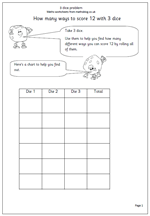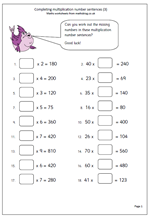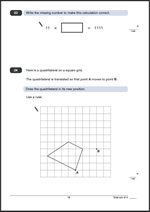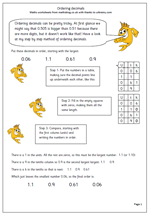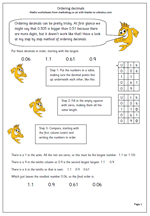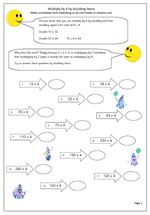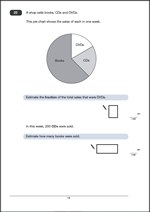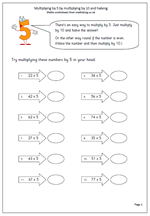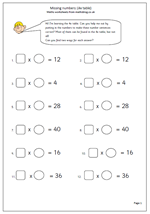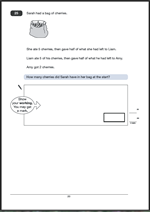 Sarah had a bag of cherries…..Question 25 is one of those questions where you have to read it all carefully before starting and then proceed from the end, working backwards.
Sarah had a bag of cherries…..Question 25 is one of those questions where you have to read it all carefully before starting and then proceed from the end, working backwards.
Suggested method:
The key to answering this question is to start at the end and work backwards.
Amy got 2 cherries.
Liam gave half of what he had left to Amy, so Liam must have had 4 left.
Liam had eaten 5 of his cherries so he must have had 5 + 4 = 9 cherries.
Sarah gave half of what she had left to Liam. This was 9 so she must have had 18 left.
Sarah had eaten 5 cherries so she must have had 5 + 18 = 23 cherries to start with.
The answer is 23
Two marks for this question.
If the answer is incorrect one mark can be given for showing appropriate working out, such as
2 x 2 = 4 4 + 5 = 9 9 x 2 = wrong answer of 16 16 + 5 = wrong answer of 21.
The working out must be carried through to reach an answer.
This is very much at the level 5 end of the paper, so correct marks here could just make the difference between Level 4 and level 5.
